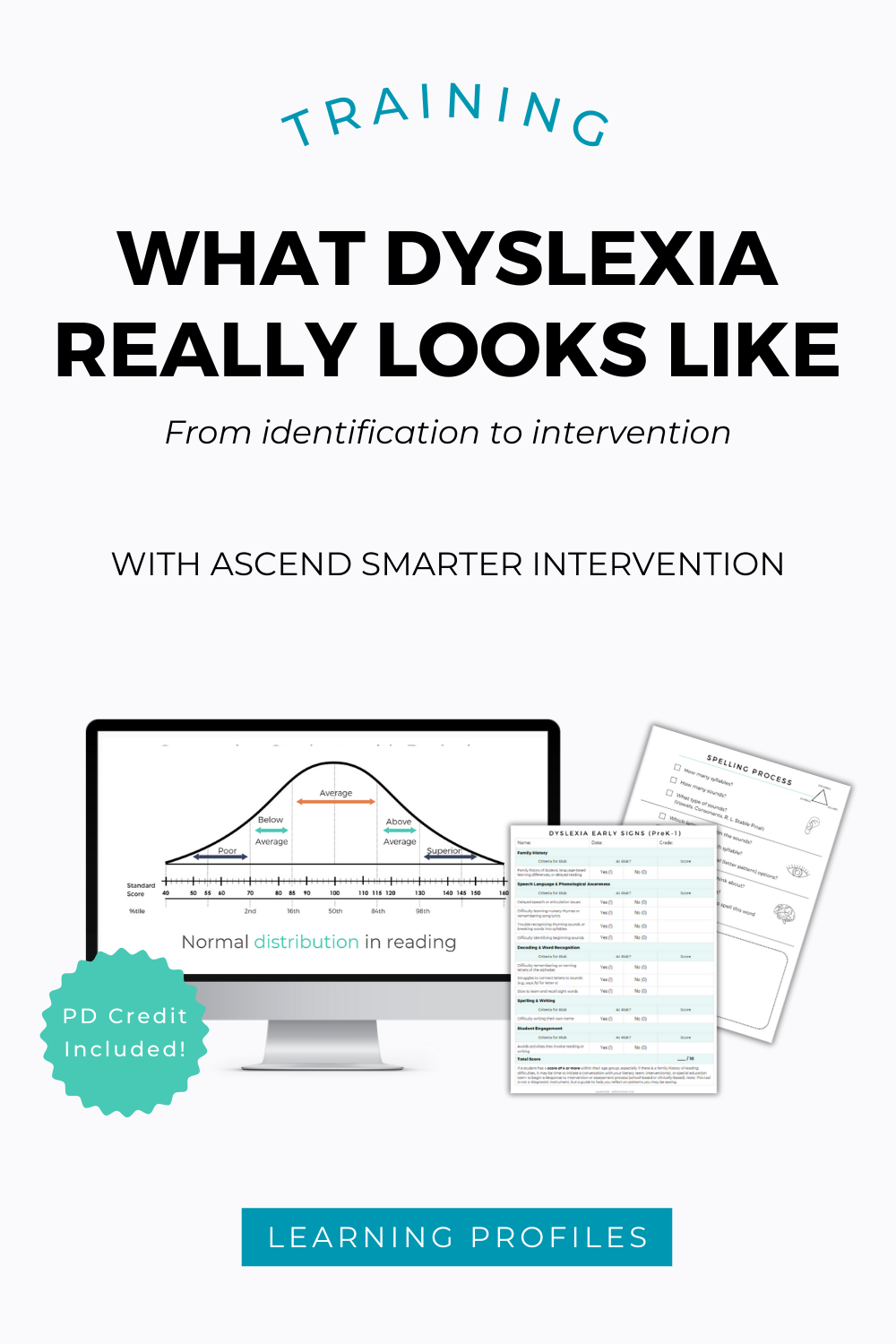Suspect Dyslexia? The Time to Talk to Parents is Now!
As teachers, we are often the first to notice when a student struggles with reading or writing in ways that don’t match their overall ability. For some students, these patterns may be red flags for dyslexia.
When those concerns surface, it’s important not to wait. The sooner we open the conversation with families, the sooner students can begin receiving the support they need.
Why Timing Matters
When dyslexia is suspected, early identification and intervention are critical. Acting quickly allows families to:
Schedule an evaluation before challenges compound.
Begin evidence-based intervention that targets the root of the difficulty.
Help their child approach school with more confidence and less frustration.
Waiting often means months (or even years) of unnecessary struggle.
The Role of the Teacher’s Voice
Parents may not always see the same struggles at home that we see in the classroom. As educators, we can observe:
Avoidance of reading or writing tasks.
Difficulty remembering letter-sound patterns.
Struggles with fluency or comprehension despite strong verbal skills.
Sharing these observations in a supportive, proactive way helps families feel informed and empowered to take the next step.
Taking Action
If you suspect dyslexia, the best time to talk with parents is now. Whether you connect them with your school’s literacy team or recommend a trusted outside provider, those conversations can change the trajectory of a student’s educational journey.
By acting early, we can give students answers, tools, and confidence, and help them experience school in a way that reflects their true intelligence and potential.
Suspect dyslexia?
We’ve created a free checklist that highlights the most common signs of dyslexia across ages and settings, including what to look for in conversation, reading tasks, and writing.
👉 Download the Dyslexia Symptoms Checklist here!
Want to Go Deeper?
Check out our On-Demand Professional Development Training:
“What Dyslexia Really Looks Like: From Identification to Intervention”
In this training, we walk through:
How dyslexia presents differently across ages and grade levels
Why some students “fly under the radar” until academic demands increase
Practical ways to identify patterns early and connect students with the right support (from accommodations to instruction
How to manage conversations around dyslexia
You don’t want to miss this one!


